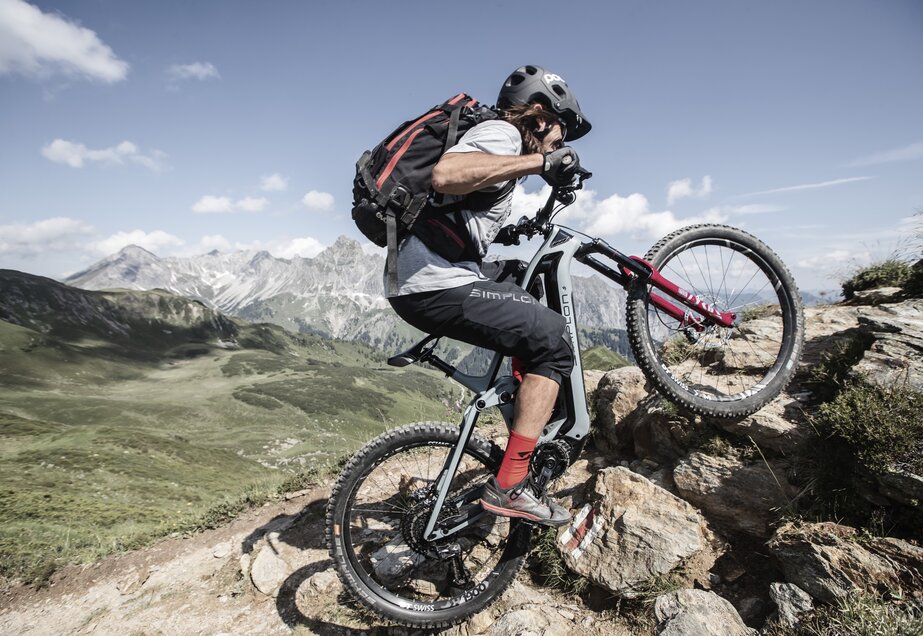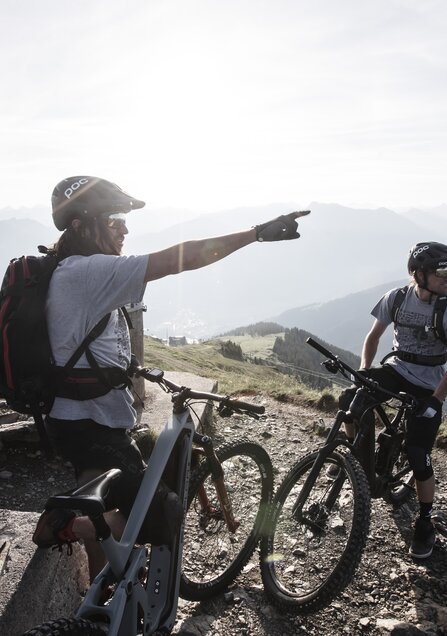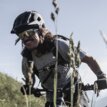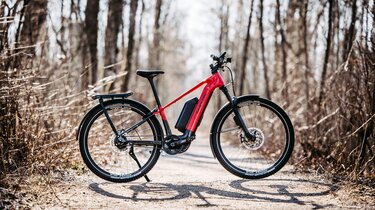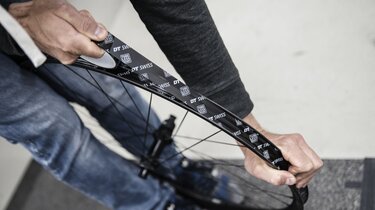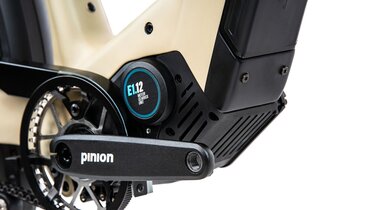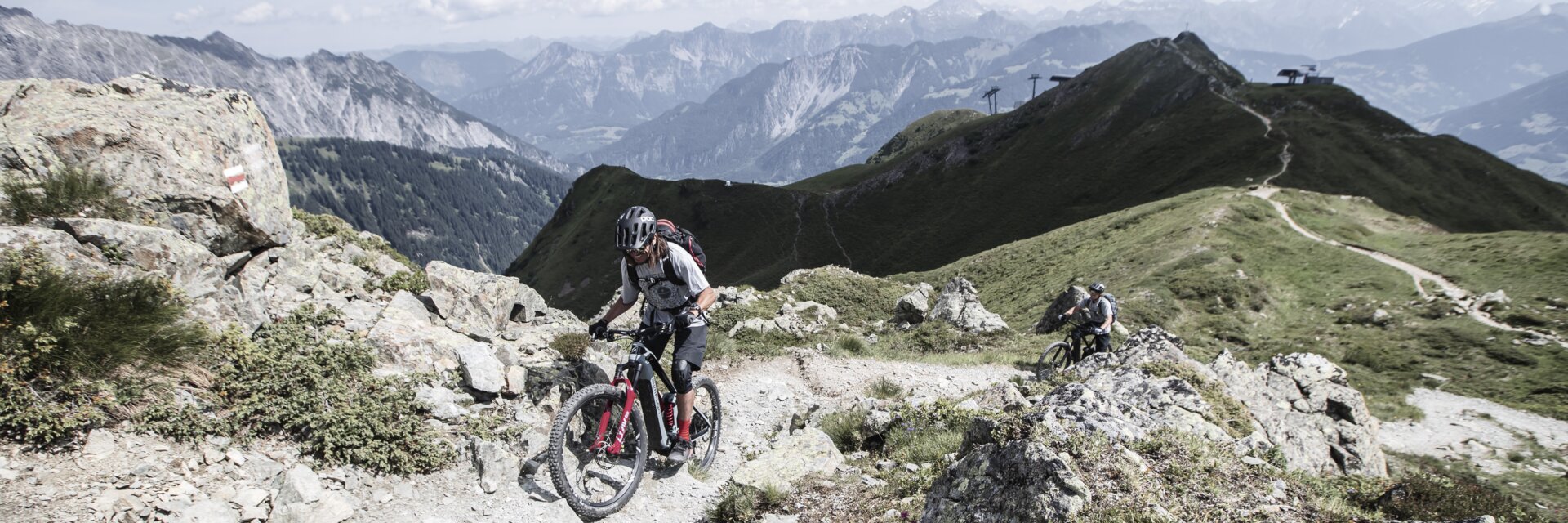

Uphill scale – the levels of difficulty of uphill flow trails | simplon.com
E-MTB pioneer Alex Sonderegger has co-developed a special uphill scale for e-mountain biking. Read all the details on our blog!
An uphill scale for rating the perfect flow
Up we go!
The mountains are calling. Their ascents too. Thanks to built-in tailwind, uphill trails become an enjoyable adventure. No wonder that more and more e-mountain bike riders dabble in this flowy uphill fun. E-MTB pioneer Alexander Sonderegger is an expert in the field. He and his companions Stefan Schlie and Julius Moosbrugger ride in the mountains a lot, and they’ve been rating MTB uphill routes in Germany, Austria and Switzerland for a few years.
Inspired by the single track scale – which serves as a guideline for rating the levels of difficulty of downhill trails, they came up with an uphill scale.
The levels of difficulty listed in the uphill scale
Easy passage or challenging, technical trail – the uphill scale gives you valuable pointers for your next ride. And it helps E-MTB riders of all levels of skill in experiencing the perfect flow.
U0↑ (very easy)
U0 describes trails on which no noteworthy difficulties are to be expected. Besides forest roads, it includes wide forest and meadow trails with plenty of grip. You get to look forward to a perfectly smooth ride without obstacles and tricky passages. The gradient is usually less than 20 percent.
Riding technique: No special riding technique required.
Good to know: With a standard mountain bike without drive unit, U0 would be the equivalent of a medium difficulty trail.
U1↑ (easy)
If you decide to head out onto U1 trails, you can expect slightly narrower trails and small obstacles like flat roots and stones. Loose terrain, rough gravel and small water drainage channels across the trail could be reasons for the higher level of difficulty. The gradient can be up to 25 percent, curves might be a little narrower.
Riding technique: Basic riding skills are a definite advantage. Accelerating on an incline should be practised.
U2↑ (moderate)
Larger obstacles are a given on U2-level trails. Roots, stones and steps of up to 20 cm are the norm. Additionally, you should expect narrow trails, slants and gradients of up to 35 percent or higher.
What makes them trickier is the terrain: Loose stones, rough gravel, rock passages and drainage channels are your uphill challenges. There might be some narrow curves along the route, but hairpin bends are relatively rare occurrences.
Riding technique: U2 trails require slightly advanced riding skills. They include briefly lifting the front wheel and conquering obstacles by shifting your weight. Knowledge about the controlled use of force and uphill braking techniques as well as skilled pedal management or shorter cranks are recommended.
Tip: Lower your saddle a bit before tackling an uphill ride!
U3↑ (difficult)
Challenging passages with roots, terraces, rocks, coarse gravel and scree as well as rides on narrow, slanted trails are characteristic of this level of difficulty. Steps with up to 35 cm aren’t uncommon. Obstacles can occur in narrow curves as well. There could be up to 50 percent gradient for longer passages – sometimes with flat steps in between.
Riding technique: Rock solid advanced riding skills are a prerequisite for conquering uphill trails rated “difficult”. Lifting the front wheel and pivoting, shifting your weight, and controlled acceleration and braking for overcoming obstacles are all essential skills the rider must have. Important too: very good pedal management and clean, spontaneous line selection.
Good to know: The saddle needs to be lowered significantly. Certain passages can only be mastered standing up.
U4↑ (very difficult)
The U4 level of difficulty describes exceptionally challenging uphill trails with rough roots, big stones, scree, rock passages and steps of 40 cm and higher. Narrow slanted sections as well as very narrow curves and hairpin bends are to be expected – just like difficult steps and gradients of 60 percent or more. If you dare to tackle U4 uphill trails, you should be prepared that your sprocket cluster or pedals might take some hits.
Riding technique: Alongside profound riding skills, U4s require knowledge of challenging trail techniques. Among them: the ability to lift and shift the front wheel (rear wheel pivot) and the rear wheel (nose pivot). Pedal management needs to be timed perfectly, otherwise the pedals might get caught on obstacles.
Important too: accelerating on an incline and standing under known criteria. The saddle must be fully lowered for optimum freedom of movement.
U5↑ (extreme)
Mountain bike riders who are looking for an adrenaline kick can live it up on U5 trails. The challenges listed under U4 now occur in a combined fashion and in sequences. Another taxing occurrence: extremely steep sections that test the limits of tyre traction, very high steps and narrow hairpin bends that might correlate with tricky terrain.
By the way: Even if you’ve mastered sophisticated and advanced trail techniques, U5 passages might require many attempts to master them. Additionally, extreme difficulties can occur in exposed terrain. Special caution is advised!
The uphill scale put to the test
Thanks to the long-term experience of the creators of the uphill scale, it gives you a realistic view of the challenges that await you on different mountain trails. Still: Change is the only constant in life – and the same holds true for biking!
Ever new approaches in terms of riding technique and technological innovations (wheels, tyres, frame geometry, suspension kinematics, cranks and drive units with smart assistance modes etc.) stretch the limits of what’s possible.
Now it’s your turn! Comments and ideas that contribute to further improvements of the uphill scale are more than welcome: www.uphillskala.com

About Alexander Sonderegger
You love to be out and about in the mountains? Then you might have seen Alexander Sonderegger before: ether while biking on a challenging trail, while ski touring on a snow-covered descent or while climbing on a via ferrata. Because his motto is: “Always discover something new!”
Biking in all its facets has always been his passion. First on a BMX and then at high speeds up the mountains. Later on, as a “xitrailer” with the bike on his back on the way to the summit and downhill on tricky, technical trails. Always with a big smile on his face. The E-MTB pioneer and guide from Göfis has been a part of the Simplon Factory Team since 2018. Time and again, he inspires other bike enthusiasts to new and exciting touring experiences with his bike posts.
If you’d like to find out more about Alexander Sonderegger, check out the links to his websites and profiles:
Website
uphillskala.com
tourenspuren.at
xitrail.com
Profiles
komoot.de/user/32973926044

